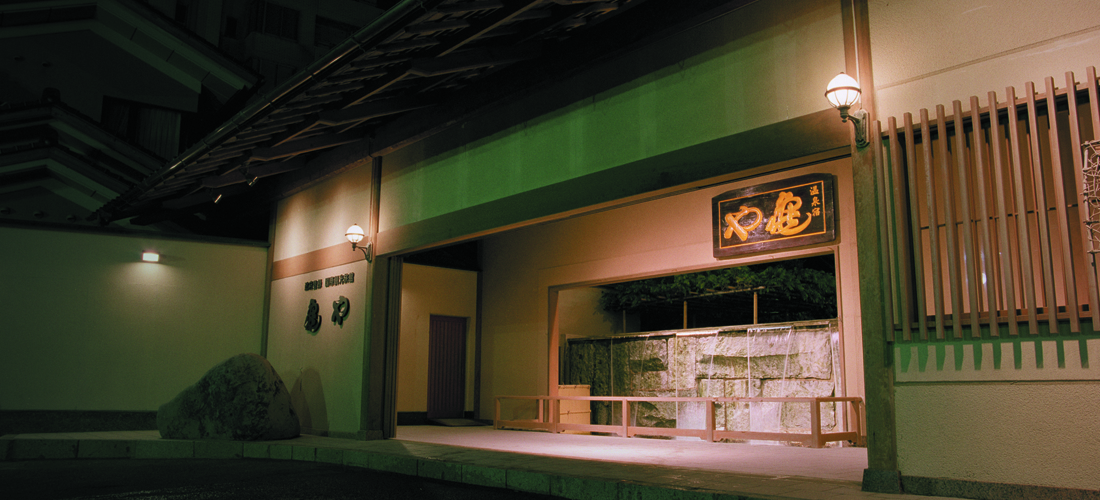
In the family registry book of 1813 (Bunka 10), the name “Yojuro” is listed as a farmer and an innkeeper. This is the earliest description of our business. We have been running the inn for more than 200 years, 7 generations, here in Yunohama.
I would like to sincerely express my gratitude to the rich nature and culture of this region and all the guests who have supported us.
With the taste of “Haikara(from English high collar, a Japanese term used from Meiji era describing stylishness and modernity of the Western world)”, and the support of various talented staff, we have always challenged ourselves to do something new. Such as opening a Western-style restaurant in the Meiji era, rooms with beds, baths and toilets in the Taisho era, diversification and multi-store operation in the Showa era, and the creation of new types of Japanese-style inns and restaurants in Tokyo in the Heisei era. Now, in the Reiwa era, all of our staff will do their best to always put our guests first and never forget to try new possibilities while respecting the tradition. It would be our great pleasure if you could come and stay at Kameya for your very special day.
Kiminori Abe, President of Kameya Corporation


1813 (Bunka 10)
Era of the 11th Tokugawa Shogun Ienari’s administration.
Yojuro started running an inn as a hot-spring treatment facility in 1813. Since then, the family has taken on the name Yojuro for generations.

1912 (Meiji 45)
The Titanic sinks.
Japan’s first participation in the 5th Summer Olympics in Stockholm.
The ship owned by Yojuro the Third

1896 (Meiji 29)
Sakichi Toyoda invents an automatic loom.
The main building from the era of Yojuro the Second
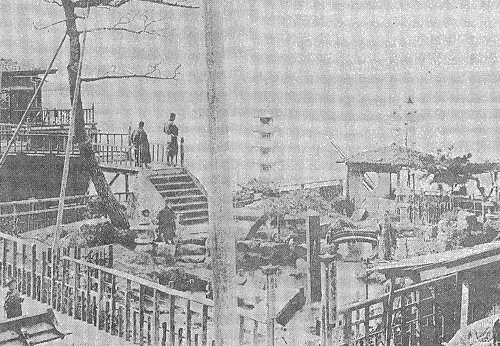
1901 (Meiji 34)
Prince Hirohito Michinomiya (later Emperor Showa) was born.
1902 (Meiji 35)
The Anglo-Japanese Alliance was formed.
In the Meiji 30’s, a garden and the first branch office were built across from the main building and opened for business.
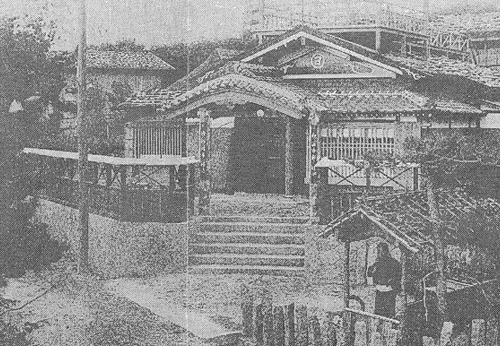
1904 (Meiji 37)
The Russo-Japanese War begins.
1906 (Meiji 39)
Promulgation of the Railway Nationalization Act.
In the Meiji 30’s, the second branch and restaurant Banzai-ro were opened and became the first restaurant to serve Western-style food in Yunohama (currently the Yunohama branch of the Tsuruoka Shinkin Bank).
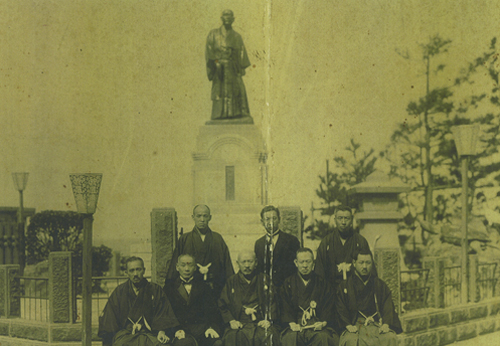
1921 (Taisho 10)
Assassination of Prime Minister Takashi Hara at Tokyo Station.
1923 (Taisho 12)
The Great Kanto Earthquake occurs.
1922(Taisho 11)
The source of the hot spring was mined in the garden of Kameya and the first inner hot spring was constructed in Yunohama.
A commemorative bronze statue of Yojuro was erected.
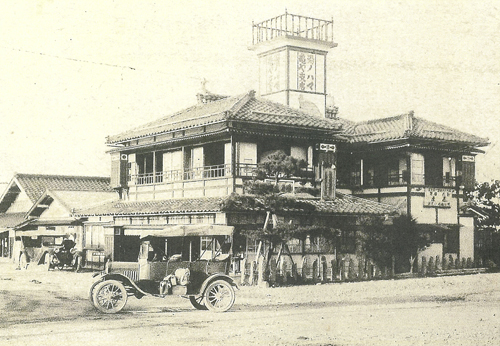
1926 (Taisho 15)
Japan Broadcasting Corporation (NHK) was established.
1922(Taisho 11)
After roads in Yunohama were constructed, the Kameya Automobile Company was established in Uzen Oyama.
Opened a taxi company for the greater convenience of guests.
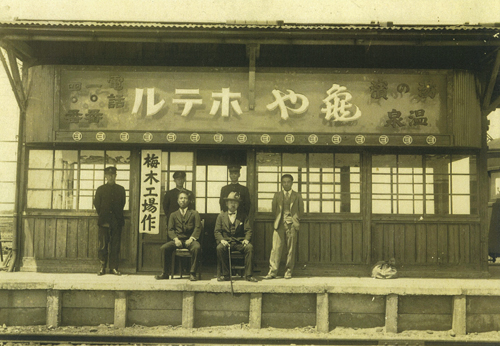
1929 (Showa 4)
Japan’s first elevator operator appear at Matsukazeya in Ueno.
Kotobukiya (currently Suntory) sells its first Japanese whiskey.
1929 (Showa 4)
Opening of Showa Electric Railway.
Operation between Yunohama and Tsuruoka.
1975(Showa 50)
Showa Electric Railway closed.
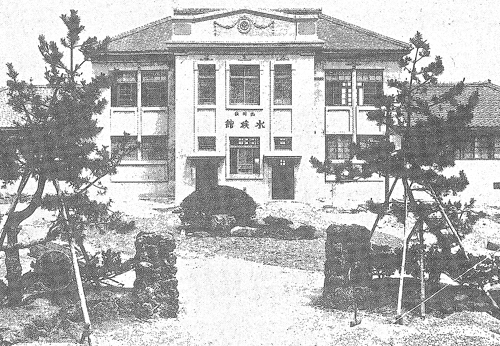
1929 (Showa 4)
The Great Depression occurs.
1931 (Showa 6)
The Manchurian Incident breaks out.
1930 (Showa 5)
An aquarium was opened in Kamo, and the fourth Yojuro became its first director.
In addition to fish, seals and fur seals were kept in the aquarium, making a popular entertainment facility.
The Kamo Aquarium currently has the largest number of jellyfish on display in the world.
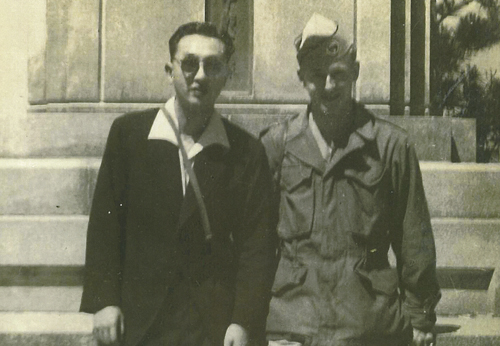
1950 (Showa 25)
The Korean War occurs.
1951 (Showa 26)
The San Francisco Peace Treaty and the Japan Security Treaty were signed.
1949 (Showa 24).
The Annex Ryuguden is seized by the U.S. Army and Yojuro the Fifth served as an interpreter.